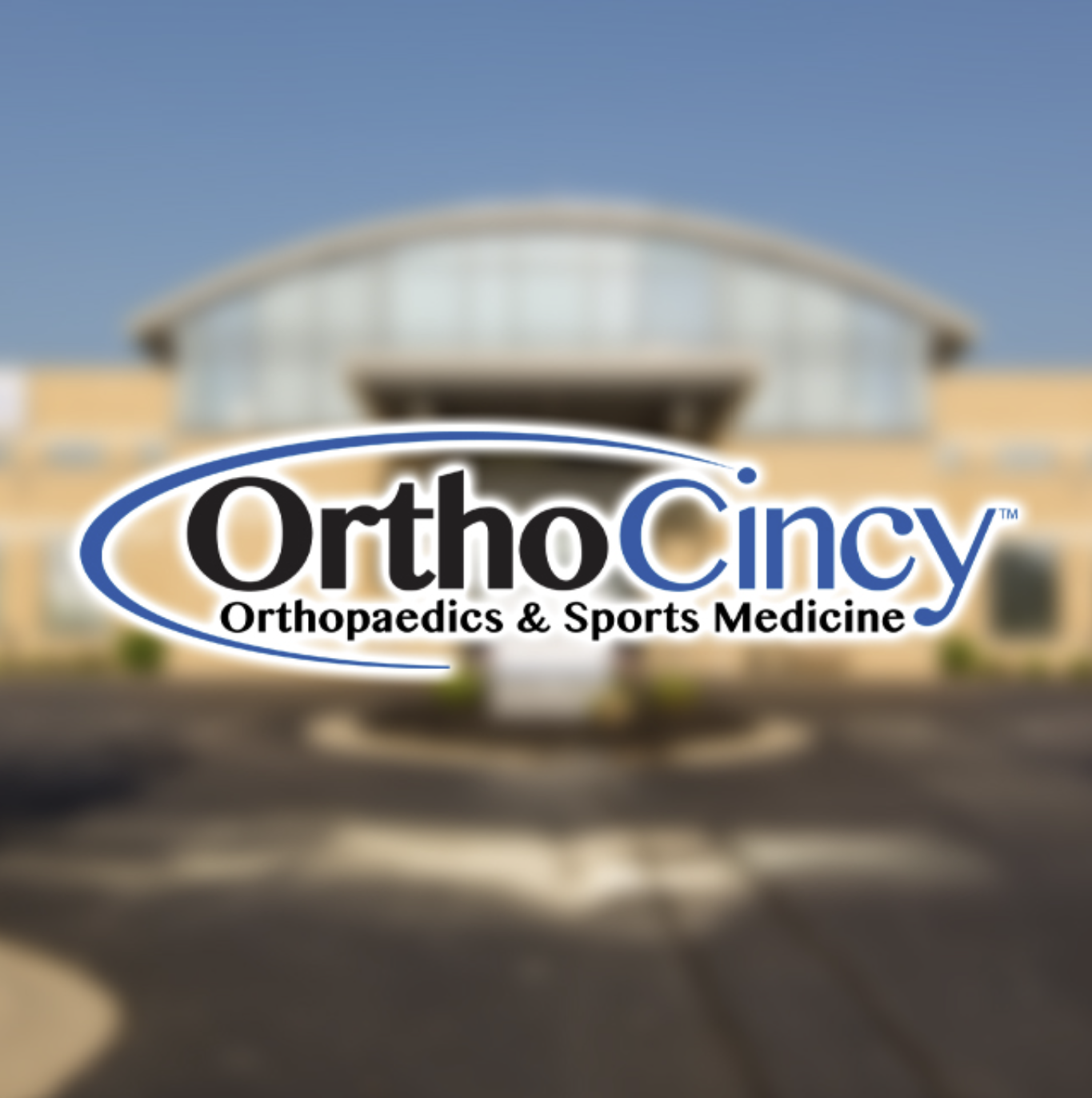Non-surgical treatments
Living with hip and knee pain can limit activities that you love. Fortunately, there are many non-surgical ways to help alleviate the pain and get you moving again.
In consulting with an orthopaedic surgeon about your pain, having a clear idea of your goals for mobility after treatment will help determine the best treatment options for you.
R.I.C.E. techniques (rest, ice, compression, and elevation) are effective to reduce pain and swelling and speed healing in an area. These techniques should be used for several days. However, if the pain increases or does not go away, it is time to see a doctor.
Acetaminophen is usually recommended as a first line of treatment for muscle and bone pain. It is helpful for mild to moderate pain and may be useful for chronic pain.
Ibuprofen and other non-steroidal anti-inflammatory drugs (NSAIDs) are most effective for pain that occurs with inflammation and swelling. These are commonly used for osteoarthritis, muscle sprains, strains, and injuries.
Supplements like glucosamine and chondroitin sulfate, turmeric, vitamin D, etc. can be helpful.
Braces are designed to stabilize the affected joint and improve the range of motion. This helps take pressure off of the joint and relieve pain. There are different styles of braces and choosing the correct brace can significantly impact your results.
Therapeutic Ultrasound is a technique of using ultrasound with a gel to increase blood flow to an area and relax muscle spasms.
In a technique called Phonophoresis, hydrocortisone is added to the ultrasound gel during the procedure to help reduce inflammation.
Iontophoresis uses low level electrical currents and a patch to deliver medicine to the affected area.
A cortisone injection is a steroid that is similar to a hormone that your body makes naturally. It is very effective at reducing inflammation and gives the patient relief almost immediately. They are a common method to ease pain in conditions like arthritis, tendonitis, and bursitis. These can help relieve pain for about three months.
Hyaluronic acid is the naturally occurring substance in your joints which acts as padding and lubrication. Injections can help relieve pain for months. These injections can be used to treat pain caused by osteoarthritis.
Injections of platelet rich plasma, harvested from the patient's own blood, can be injected into a joint to promote healing from within. This biologically rich fluid can aid in healing tendons, muscles, ligaments, and joints. The time it takes to notice a difference and the length of time the injections last vary from person to person and depend on the health situation.
This procedure can be very beneficial but it is not yet covered by insurance companies.
Exercise can help strengthen the muscles around the damaged knee or hip and help reduce the stress on the joint. For example, if the muscles in your legs are strong, it can help redistribute the stress on the knee.
A Physical Therapist can analyze your movements and help strengthen muscles to restore a more efficient range of motion.
Losing excess weight reduces inflammation, relieves pressure on the joints, and decreases joint pain. Your primary care physician can work with you to begin a weight loss journey.
